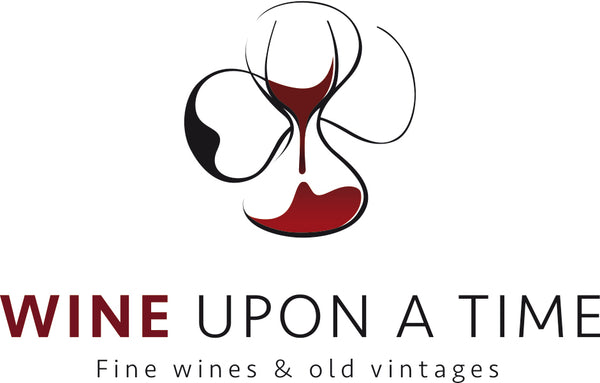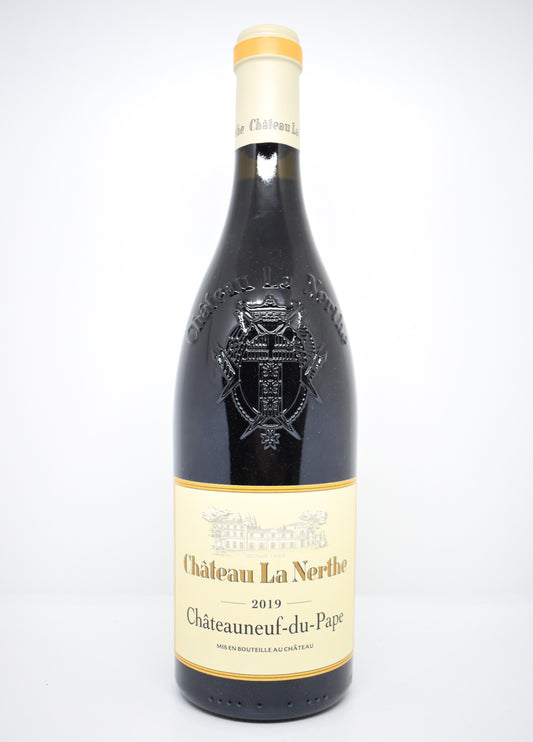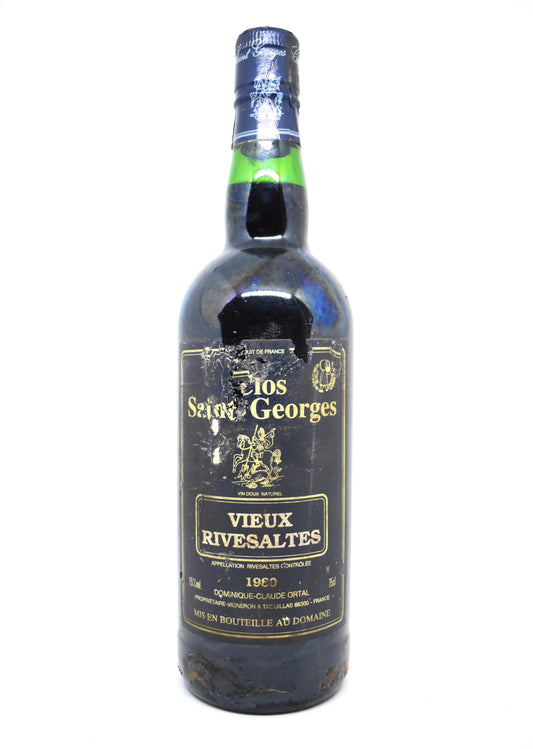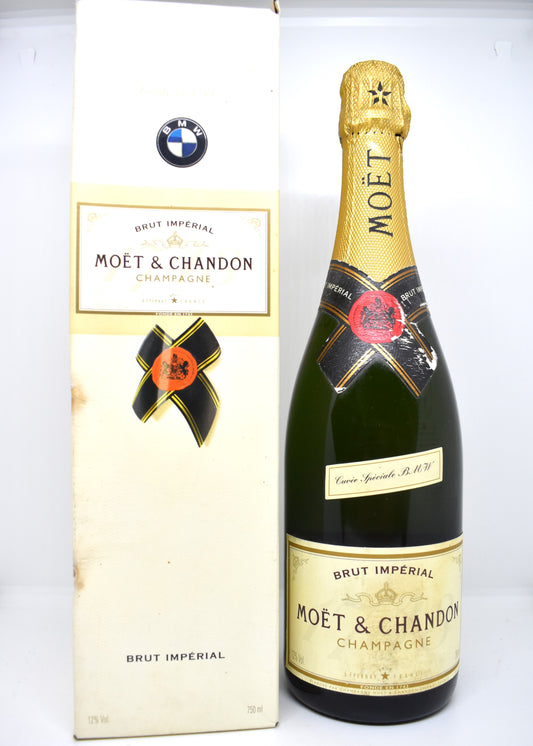The world of wine is undergoing a revolution driven by climate change and new expectations for sustainability. While great wines have always been synonymous with excellence and tradition, environmental issues are now reshaping their production and their future. But what about older vintages? And which ones are likely to become even rarer in the years to come?
The Impact of Climate Change on Grands Crus
For several decades, global warming has been changing the conditions for growing vines. Rising temperatures, episodes of drought and extreme weather events have a direct impact on the maturity of grapes and the quality of the wines produced.
The consequences are multiple:
- Ever earlier harvests, impacting the balance between sugar and acidity.
- A change in aromatic profiles, with richer and more alcoholic wines.
- A transformation of historic terroirs, forcing certain areas to reconsider their cultivation methods.
The great vintages, originally produced in optimal conditions, thus become witnesses to a time when the climatic balance was different. This is one of the reasons why old vintages are gaining in value: they embody an excellence that the future could make more difficult to reproduce.
Initiatives of the Great Houses for Sustainable Viticulture
Faced with these challenges, the big names in wine are mobilizing to ensure the sustainability of their know-how while limiting their environmental impact. Among the flagship initiatives:
Organic and biodynamic farming : More and more estates are adopting these practices to preserve soils and promote a natural ecosystem.
Experimenting with new grape varieties : Some producers are testing varieties that are more resistant to extreme temperatures.
Optimizing water management : Viticulture techniques that use less water are being implemented.
Reforestation and biodiversity : To protect vineyards, some companies are banking on the reintroduction of plant and animal species.
Although these practices help prepare for the future, they do not guarantee that the grands crus of tomorrow will have the same profile as those of yesterday. Hence the growing interest of collectors and enthusiasts in old vintages.
Which Old Vintages Are At Risk Of Becoming Even Rarer?
Some vintages are already highly sought after due to their exceptional quality and their difficulty in reproducing under current conditions. Among the most coveted:
The "cold" vintages of the 20th century : Those from the 1940s, 1960s or 1980s, characterized by a natural acidity which gives them exceptional longevity.
The great Bordeaux and Burgundy of the 1990s and 2000s : At that time, the climatic balance was ideal for producing wines of incomparable finesse.
Wines from certain regions are under threat : Certain appellations are more vulnerable to climatic hazards, which increases the rarity of their old vintages.
If you want to discover or invest in these exceptional wines, there is still time to build up a cellar before these treasures become inaccessible. On Wine Upon A Time, you will find a unique selection of grands crus and old vintages carefully preserved, ready to be tasted or collected.
Conclusion
The future of great wines is changing, and the climate context is further increasing the value of old vintages. As knowledgeable enthusiasts and collectors know, these rare wines are witnesses to a bygone era and are likely to become even more valuable in the years to come. So why not anticipate and enrich your cellar with exceptional bottles?
Discover the finest references on Wine Upon A Time and let yourself be tempted by vintages that stand the test of time with elegance.





